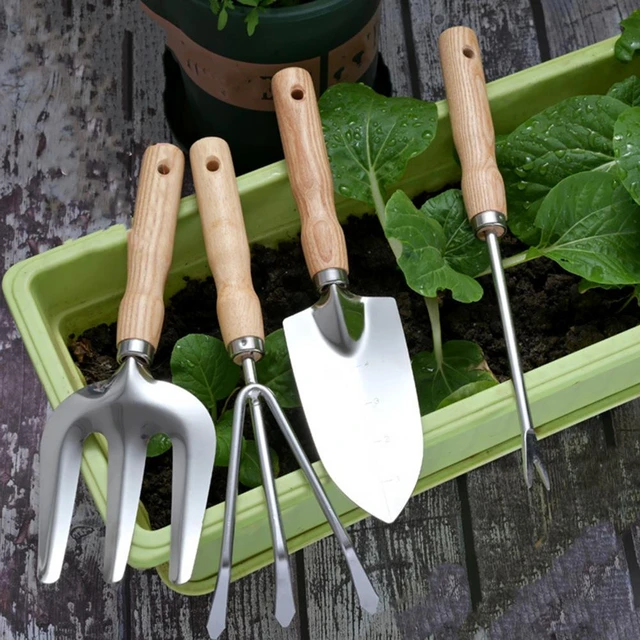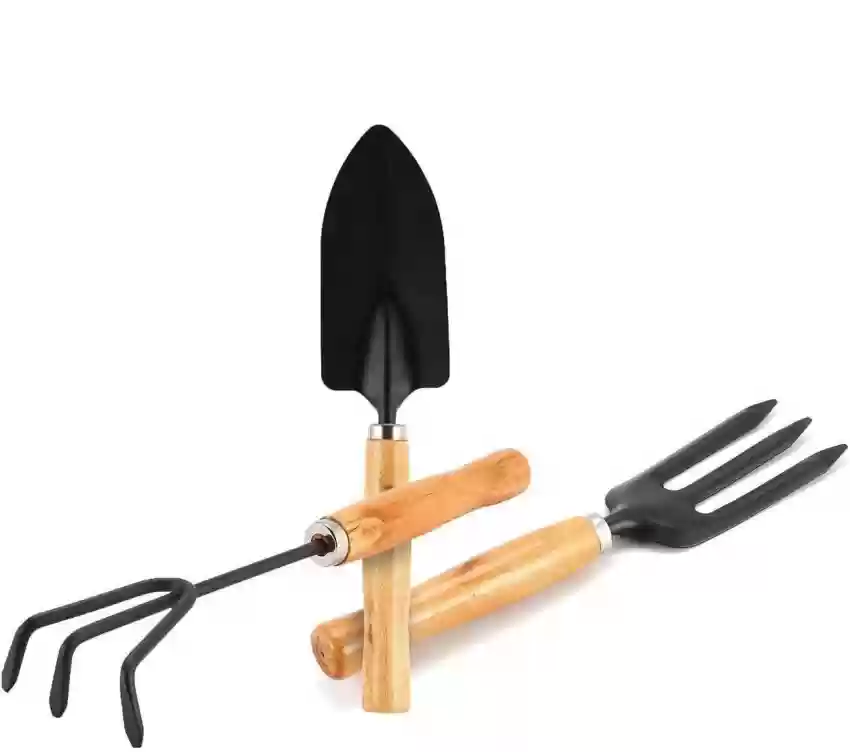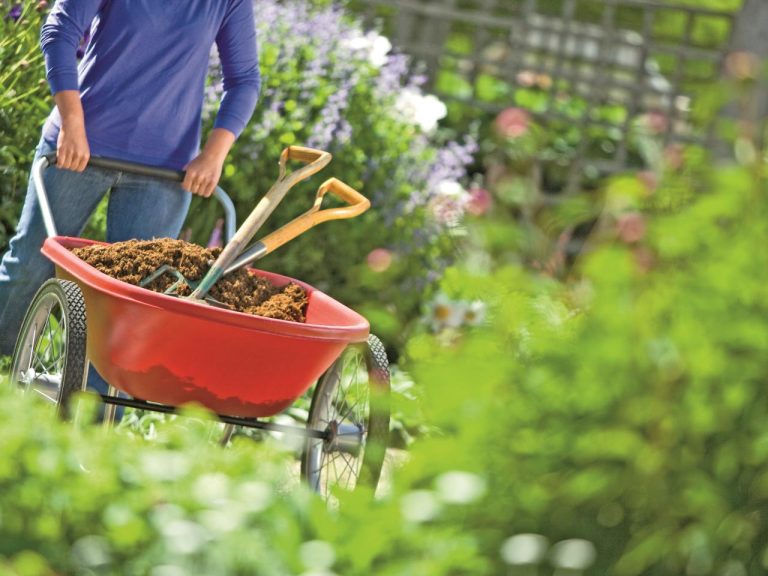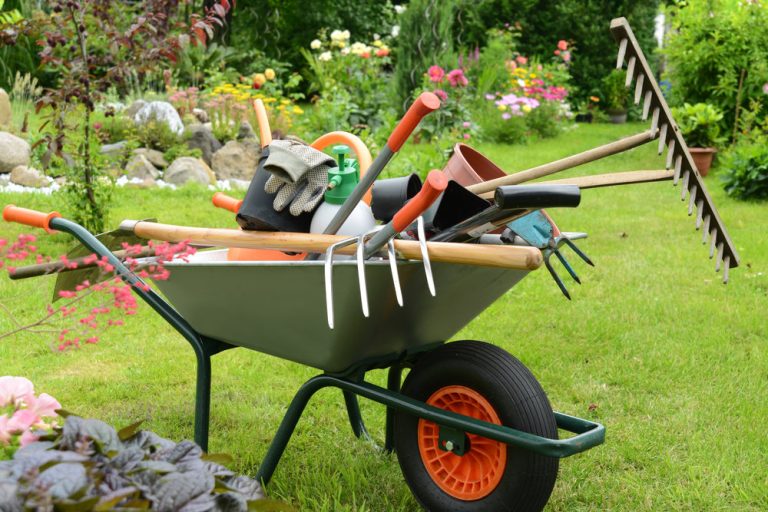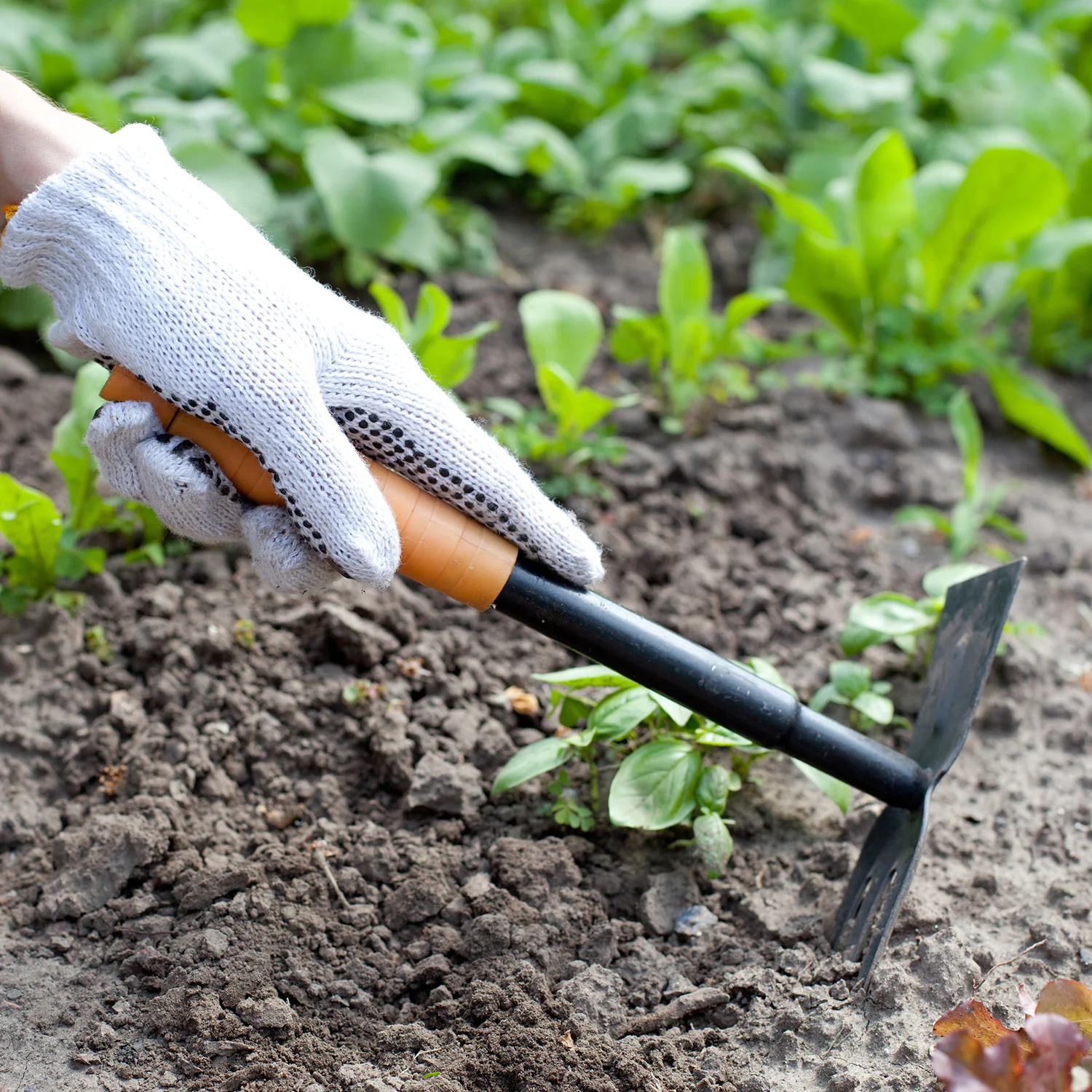
How to Get Rust off Tools
Why It’s Important to Remove Rust
Rust compromises the integrity and performance of tools. It weakens the metal and causes pitting and degradation. Rusty surfaces are rough and abrasive. Rust makes tools harder to clean and maintain. It presents safety hazards for users. Rust removal restores tools to proper working condition. It extends their lifespan and value. Removing rust also prevents further spreading.
Common Rust-Prone Tools
Many tools and equipment succumb to rust over time:
- Hand tools like wrenches, pliers, shovels
- Power tools and equipment
- Machinery and vehicle parts
- Gardening and landscaping tools
- Antique or collectible metal items
- Patio furniture and decor
Metal alloys with high iron content are most susceptible to rusting. Taking preventive steps is wise.
Inspecting Tools for Rust
The first step is identifying rust on tools. Look for telltale signs:
- Reddish-brown discoloration and flaky deposits
- Rough, gritty or pitted textures
- Loss of metal sheen and luster
- Corrosion spreading out from spots
Catch rust early for easier removal. Advanced stages require more heavy-duty treatments.
Preparing Tools for Rust Removal
Proper preparation makes rust removal more effective. Follow these steps:
- Gather the right supplies based on the removal method
- Disassemble tools as much as possible for thorough cleaning
- Remove thick rust deposits first with wire brushes
- Rinse away loosened debris with water
- Dry tools thoroughly before proceeding
This initial surface prep work enhances chemical treatments. It also prevents contaminants from locking in rust.
Using Chemical Rust Removal Methods
For light to moderate rust, try these chemical removal approaches first:
Vinegar Soak
- Mix equal parts white vinegar and water
- Fully submerge the rusted tool in the solution
- Let it soak for 12-24 hours, re-wetting as needed
- Scrub off loosened rust with steel wool or brushes
- Rinse thoroughly and immediately dry
Baking Soda Paste
- Make a thick paste with baking soda and water
- Apply a generous coating over the rusted areas
- Let it sit for 1-2 hours to work into the rust
- Use steel wool to scrub off the dried paste
Commercial Rust Removers
- Products with oxalic or phosphoric acid provide heavy-duty rust removal
- Apply according to product instructions, avoiding contact with skin/eyes
- Allow recommended dwell time before scrubbing rust away
- Rinse completely and coat with rust preventative oil
Using Abrasive Rust Removal Methods
For heavy-duty rust jobs, more aggressive abrasion may be required:
Wire Brushing
- Use a stiff wire brush or wheel attachment
- Brush firmly along the surface to abrade rust away
- Go with the grain of the metal for best results
- Vacuum up any loose particles as you work
Sandblasting
- Set up a sandblasting cabinet or unit
- Blast the metal object with high-pressure sand or grit
- Sandblasting quickly strips away thick rust buildup
- Proceed with caution to avoid removing too much metal
Sanding & Filing
- Use coarse-grit sandpaper or metal files for small areas
- Sand or file vigorously in the direction of the grain
- Wipe away dust regularly and check your progress
- Finish with finer-grit sandpaper for a smooth finish
Removing Rust Through Electrolysis
Electrolysis provides a chemical-free rust removal option:
- Submerge the metal object in a water bath with baking soda
- Attach the positive cable to the tool and negative to a sacrificial anode
- Run a low-voltage DC current through the bath (6-12V)
- Electrolytic action causes the rust to separate and dissolve
- Use steel wool to wipe off any remaining debris
This electrolysis process is good for intricate metal pieces. It removes rust from hard-to-reach areas.
Preventing Future Rust After Removal
Stopping new rust is crucial after removal efforts:
- Thoroughly dry all surfaces after cleaning
- Remove any remaining moisture with compressed air
- Coat the bare metal with a rust preventative product
- Options include rust-inhibiting primers, sealants, or oils
- Wax coatings, plating, or powder coating offer longer protection
Proper storage and maintenance habits deter future rust. Avoid letting cleaned tools sit in damp environments.
Tips for Removing Rust from Specific Tools
Certain tools warrant specific rust removal advice:
Lawn Mower Decks
- Remove mower blades and rinse underside with water
- Apply naval jelly rust remover and let it dwell
- Rinse thoroughly and wipe completely dry
- Seal the bare metal with a rust-inhibiting paint
Wrenches & Ratchets
- Soak in vinegar or use a scouring pad on rust spots
- Work the abrasive into the pitted areas
- Blow out internal mechanisms with compressed air
- Lube pivot points and reapply socket coatings
Cast Iron Pots & Cookware
- Mix baking soda and water into a paste
- Spread evenly over the rusty surface and let dry
- Scrub off the dried paste with steel wool
- Re-season the cast iron after thorough drying
Preventing rust on tools from the start is ideal. But rust removal restores their value when needed.
Heavy Equipment and Vehicle Rust Removal
Sandblasting is often required for machinery and vehicles:
- Use commercial sandblasting cabinets or contractors
- Apply a rust converter primer after sandblasting finishes
- Topcoat with durable rust-preventive paint
- Consider techniques like powder coating for maximum longevity
Electrolysis is another option for heavy rust removal on equipment. Both processes require proper safety precautions.
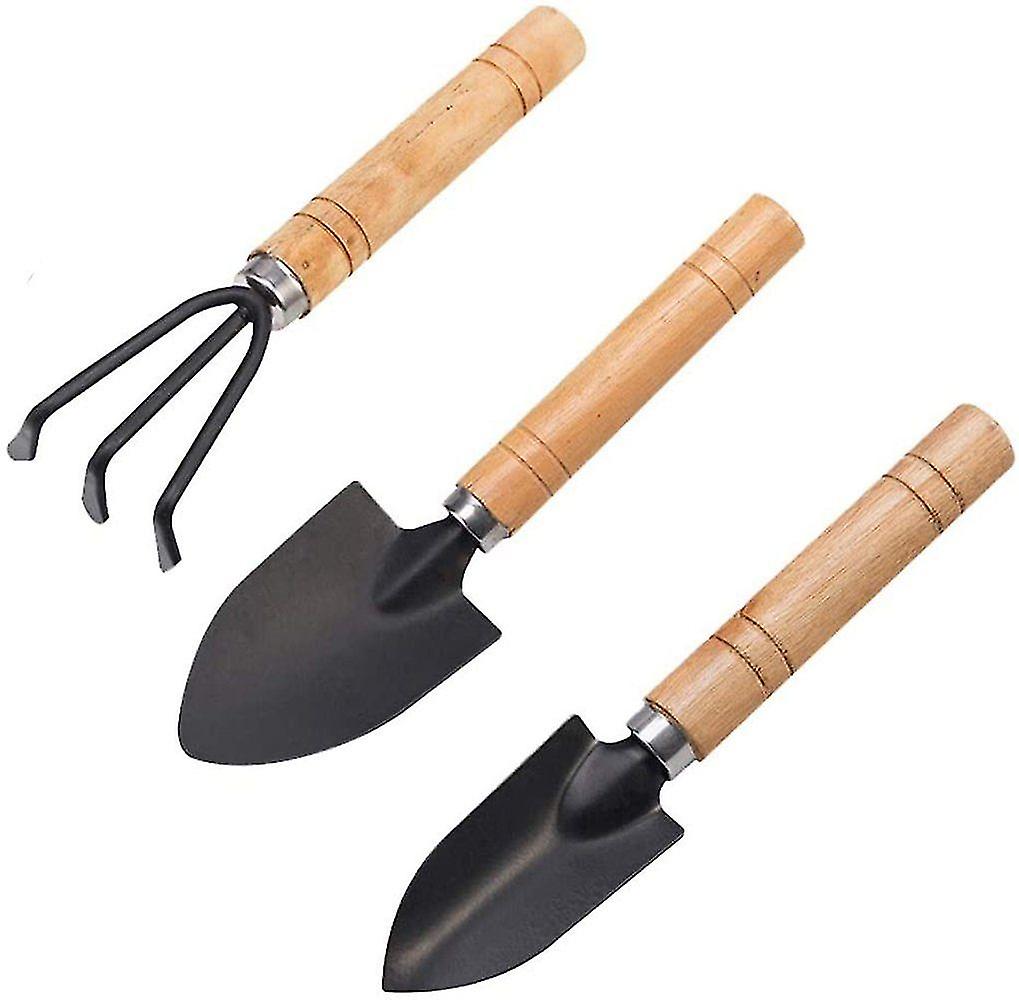
The Bottom Line on Removing Rust
Tools and metal items inevitably battle rust over time. Consistent maintenance and prevention slow its advance. But when rust appears, prompt removal becomes crucial. Reviving rusty tools with chemical or abrasive treatments restores functionality. It salvages value and eliminates hazardous conditions. Combine rust removal with protective coatings going forward. This routine rejuvenation maximizes tools’ working lifespan.
In conclusion, removing rust from tools is crucial for restoring their functionality and prolonging their lifespan. Whether using chemical rust removers, abrasive materials, or natural remedies like vinegar and baking soda, each approach requires patience and caution to achieve the best results. The process of removing rust involves cleaning the tools, applying the chosen rust removal method, and then protecting the tools from future corrosion.
Additionally, regular maintenance and storing tools in a dry, clean environment can help prevent future rust issues. It’s essential to be mindful of safety measures, such as wearing protective gear and working in well-ventilated areas, particularly when using chemical-based rust removal products.
Ultimately, the removal of rust is a proactive measure that contributes to the overall efficiency, safety, and longevity of tools, making it a worthwhile investment of time and effort. Whether it’s a minor rust spot or a heavily affected tool, taking the necessary steps to address rust ensures that tools remain in optimal condition, ready to tackle any project with precision and reliability.
